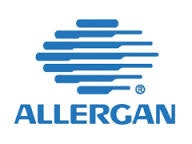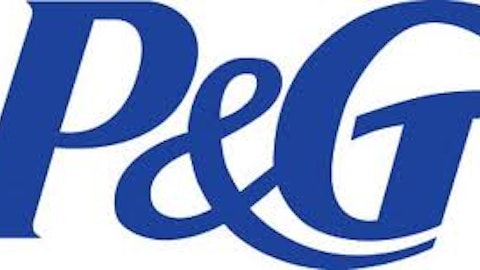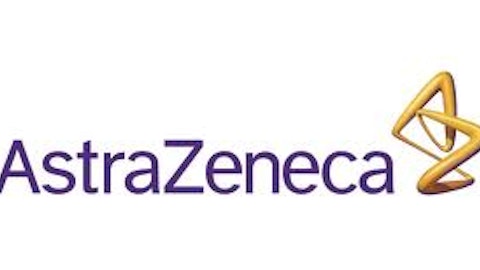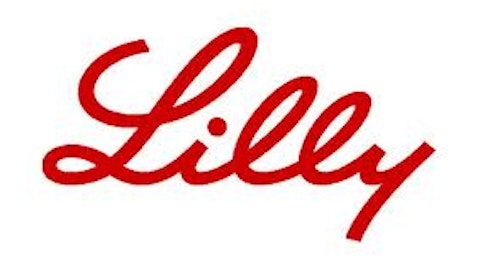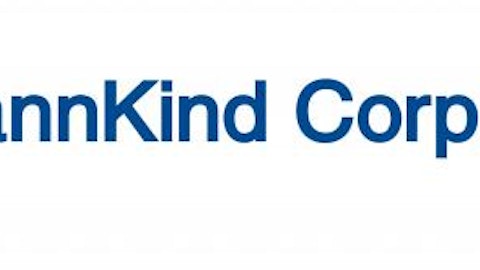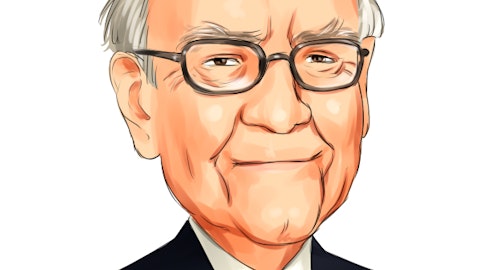Botox may be best known for its ability to combat crow’s feet and other facial wrinkles, but it also serves an important role in the medical community. Since it was first approved for two eye muscle disorders in 1989 — cosmetic uses were not approved until 2002 — the drug has been approved for 26 unique indications in 88 countries. In total, Allergan, Inc. (NYSE:AGN) has evaluated nearly 15,000 patients in clinical trials in the last 30 years and completed an estimated 29 million treatment sessions since the drug’s first approval.
If that doesn’t change your perception of Botox, consider that therapeutic uses comprised 52% of the drug’s sales in 2012. That share should increase, although Allergan, Inc. (NYSE:AGN) will need to deal with a growing mob of competitors. Given its growing importance to patients and Allergan, Inc. (NYSE:AGN) — sales made up 31% of total revenue in 2012 — perhaps there is a bigger opportunity brewing for investors.
Top medical uses
What makes this a $1.77 billion per year drug? Botox is a neurotoxin isolated from Clostridium botulinum. It is used primarily as a neuromodulator — a chemical that inhibits a nerve impulse — to treat everything from muscle spasms to compulsive sweating. It remains the most potent neuromodulator known to date. There are 26 indications to choose from, but these three are especially important.
1). Overactive bladder: Botox gained approval for this indication in first quarter of 2013, specifically for individuals who do not respond to the first line of treatment, anticholinergics. Luckily for Allergan, Inc. (NYSE:AGN), more than half of patients initially prescribed anticholinergics become intolerant or do not respond at all. I don’t know what is more amazing — what that statistic means for Allergan or the fact that it is still discovering new uses for Botox decades after its first clinical trials.
2). Chronic migraines: If you suffer from debilitating migraines lasting longer than four hours at least 15 days per month, then you can be treated with Botox in 56 countries. The condition, which affects 3.2 million people in the United States alone, has crippling social and economic consequences as well. It may go without saying, but a study featured in the journal Neurology in 2008 found that chronic migraine sufferers are more likely to miss five or more days of school, work, and social activities over a three-month period. That pushed Allergan, Inc. (NYSE:AGN) to merge with MAP Pharmaceuticals earlier this year to get its hands on the novel migraine therapy Levadex, which was accepted for regulatory filing in the United States in November 2012. The two therapies give the company a growing stable of migraine treatments.
3). Uncontrollable blinking (blepharospasm): Botox was approved for blepharospasm all the way back in 1989 and remains one of the most effective treatments. Whereas oral medications improve symptoms for 15% of patients and surgical procedures to remove muscles and nerves in the eyelids work 75-85% of the time, Botox improves symptoms in 93% of those treated. The condition affects approximately five in 100,000 people worldwide.
Ironically, losing control of your bladder is one of the side effects associated with Botox. There are other serious side effects that can occur in certain individuals or if you get multiple injections within a period of several months. Overall, Botox has a relatively clean safety profile as long as it is used as prescribed. Couple that with its potency — injections are needed as infrequently as once every three months — and it is easy to see why other pharmaceutical companies are looking to commercialize similar neurotoxin neuromodulators.
Injecting some competition
Allergan has licensed Botox to GlaxoSmithKline plc (ADR) (NYSE:GSK) in Japan and China. The agreement covers all current and future therapeutic indications and allows GlaxoSmithKline plc (ADR) (NYSE:GSK) to get its hands on the most widely used botulinum toxin for medical use. That’s good, because the competition is really heating up. US WorldMeds had its neuromodulator therapy Myobloc approved in the United States in 2000 for therapeutic use. It marked the first time that Botox had any domestic competition. Myobloc — along with other neuromodulators discussed below — is really just a different botulinum toxin. Despite the similarity, there can be only one Botox (thanks to trademark laws), which makes marketing a bit more difficult for competing therapies.
Marketing hurdles have hardly stopped the industry, however. Ipsen and Valeant Pharmaceuticals Intl Inc (NYSE:VRX) have received numerous worldwide approvals for Dysport since 2006, including approval in the United States in 2009 (Azzalure in Europe). Dermatology giant Galderma has worldwide rights to cosmetic indications of Dysport, except in the United States, Canada, and Japan. Ipsen and Valeant Pharmaceuticals Intl Inc (NYSE:VRX) will pick up sales elsewhere for cosmetic indications and several therapeutic uses. Meanwhile, German pharmaceutical company Merz had Xeomin first approved for cosmetic use in 2009 in Germany and in 2011 in the United States.
The marketplace isn’t the only place with competition. Johnson & Johnson (NYSE:JNJ) is conducting trials for a neuromodulator for cosmetic use to compete with the three approved therapies above. The company expects its Mentor subsidiary to file a Biologics License Application by the end of 2013 at the earliest. And if injections aren’t your thing, then you may want to wait for Revance Therapeutics to wrap up clinical trials on its topical botulinum toxin gel. I’m not quite sure how that will work out, but it is being developed for both cosmetic and therapeutic indications.
Foolish bottom line
Botulinum toxins are an important tool for treating various nervous system conditions, not just for getting rid of facial wrinkles. These neurotoxins are being continually evaluated for newer treatments, so perhaps the industry is just scratching the surface of potential uses for this and other naturally occurring toxins. Allergan was the first company to put a botulinum toxin to good use, but there is now a flurry of competition to contend with from some well-established pharmaceutical companies. Nevertheless, I think Allergan should continue to reap the benefits from being the first to market and, of course, trademarking the name “Botox.”
The article The Top 3 Medical Uses of Botox originally appeared on Fool.com and is written by Maxx Chatsko.
Fool contributor Maxx Chatsko has no position in any stocks mentioned. Check out his personal portfolio, his CAPS page, or follow him on Twitter @BlacknGoldFool to keep up with his writing on energy, bioprocessing, and biotechnology.The Motley Fool recommends Johnson & Johnson. The Motley Fool owns shares of Johnson & Johnson.
Copyright © 1995 – 2013 The Motley Fool, LLC. All rights reserved. The Motley Fool has a disclosure policy.
